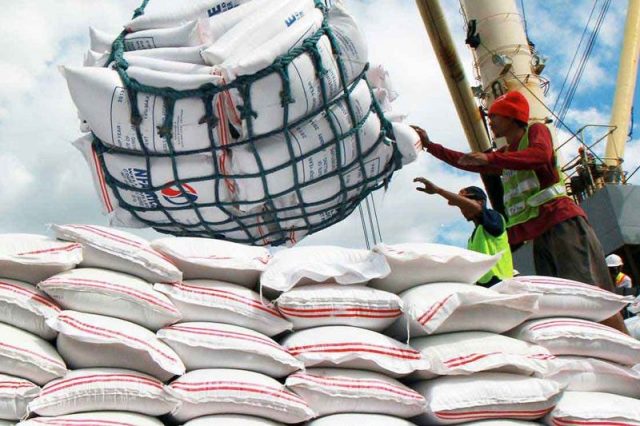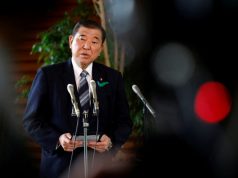MANILA— The Philippines will boost its budget for rice buffer stocks by around 70% next year to ensure enough supply in times of global food shortages and emergencies, the budget department said on Tuesday.
The National Food Authority’s allocation for rice purchases from local farmers will increase to 12 billion pesos ($203.74 million) under the proposed 2023 budget, from 7 billion pesos this year.
That will increase the agency’s buffer stock capacity to 15 days of national rice demand, from nine days, the Department of Budget and Management said in a statement.
Rising food inflation and tightness in global commodity supplies are among the biggest challenges facing the administration of President Ferdinand Marcos Jr, who is also the agriculture secretary.
“By increasing the budgetary allocation for the buffer stocking program, we are stressing the importance of ensuring food affordability, especially rice,” Budget Secretary Amenah Pangandaman said.
Rice is a staple food in the Southeast Asian country.
Philippine inflation is running at a four-year high and may rise further, likely keeping the central bank on an aggressive monetary tightening path.
The Philippines is expected to remain the world’s second-biggest rice buyer this year next to China, with purchases projected to hit 3.4 million tons, up 15% from 2021, according to estimates by the U.S. Department of Agriculture.
Only the private sector imports rice to the Philippines, as the government deregulated the trade in 2019.
The Philippines mainly buys rice from Vietnam and some volumes from Thailand, where prices were expected to rise following India’s move to curb exports of the commodity.
To ensure stable retail prices, the Philippines has extended the time period of an executive order issued last year that lowers the tariff rate for rice imported from suppliers outside Southeast Asia to 35% from 40%-50%, until the end of 2022.
—Reporting by Enrico Dela Cruz; Editing by Kanupriya Kapoor










